What Does a Freeze Dry Machine Do?
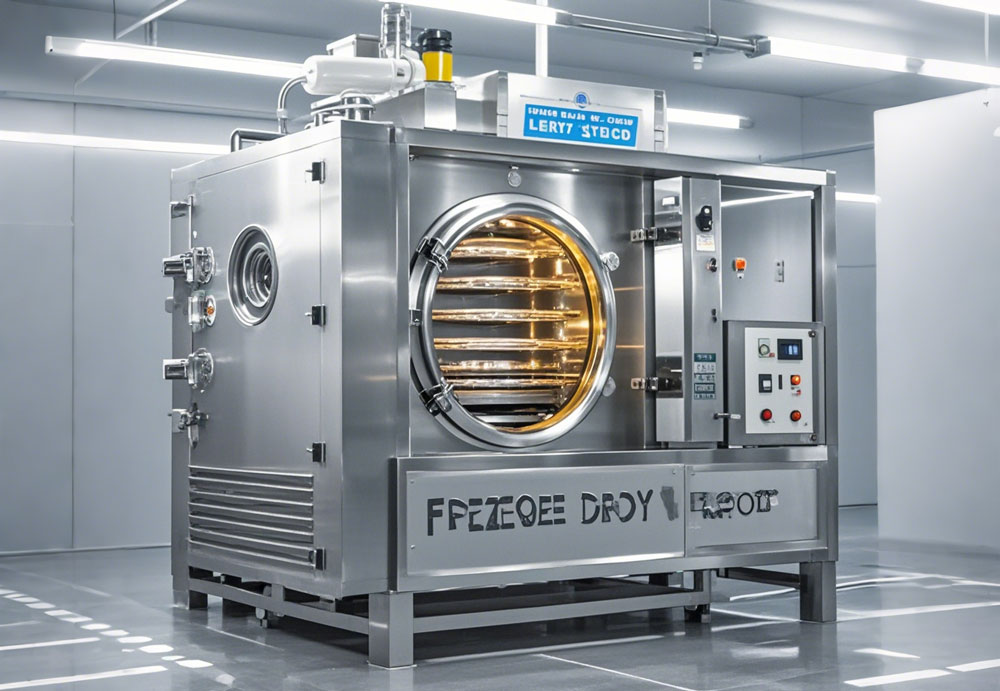
Introduction: Understanding Freeze Drying and Its Significance
Freeze drying, also known as lyophilization, is one of the most advanced methods of preserving perishable products. It is an essential technology in various industries, offering a revolutionary way to maintain the integrity of food, pharmaceuticals, and even cosmetics. By removing water from materials without compromising their quality, freeze drying has become a game-changer for both everyday consumers and professionals. This process extends shelf life, preserves nutrients, and ensures that the original texture and flavor remain intact. But how exactly does this process work, and why has it gained such popularity? In this article, we will delve into the mechanics of freeze drying, its applications, and the reasons why a freeze dry machine is so important.
What is Freeze Drying?
Freeze drying is a preservation technique that involves freezing a product and then reducing the surrounding pressure to allow the frozen water in the product to sublimate directly from ice to vapor. This process removes moisture from the product while keeping its structure, taste, and nutritional content largely intact. Unlike traditional drying methods that expose the material to heat, freeze drying uses cold temperatures to lock in the product’s original characteristics. The result is a lightweight, shelf-stable product that can be stored for months or even years without refrigeration.
The Process of Freeze Drying: A Step-by-Step Guide
Freeze drying consists of three key stages, each crucial to the process:
Freezing: The First Step in Preservation
The first step involves rapidly freezing the material, usually at temperatures below -40°F. This creates ice crystals in the product, which will later be removed in the next stages.
Primary Drying (Sublimation): Removing the Majority of Moisture
During this stage, the pressure is lowered in a vacuum chamber, causing the ice to sublimate—turning directly from a solid to a gas. This is the most energy-intensive part of the process, but it removes around 95% of the product’s moisture.
Secondary Drying (Desorption): Final Moisture Removal
The final stage is designed to remove any residual water. This is typically done by gently raising the temperature while maintaining the low pressure. The remaining moisture evaporates, leaving behind a fully dried product.
How Does a Freeze Dry Machine Work?
A freeze dry machine facilitates all these stages by combining a vacuum chamber, condenser, and heating plates. The product is placed inside the chamber, where the temperature and pressure are carefully controlled. As the machine lowers the pressure, the ice in the product sublimates, leaving the structure behind. The moisture is then condensed and removed from the system. Because this process is done under low temperatures, the product retains its original appearance, texture, and nutritional value—qualities that are often lost in traditional drying methods.
Components of a Freeze Dry Machine
A freeze dry machine typically consists of:
Vacuum Chamber: Where the Magic Happens
This is where the product is placed, and the pressure is reduced to allow sublimation.
Condenser: Capturing the Vapor
The condenser captures the vaporized moisture and freezes it, so it doesn't re-enter the product.
Heating Plates: The Final Drying Phase
These gently warm the product during the secondary drying phase to remove any remaining moisture.
Control Panel: Managing the Process
An intuitive interface allows users to set the temperature and pressure for each phase of the process.
Key Features to Look for in a Freeze Dry Machine
When purchasing a freeze dry machine, there are several important features to consider:
Size and Capacity: Matching Your Needs
Choose a machine that matches the volume of products you plan to process, whether for home use or commercial applications.
Temperature and Pressure Control: Precision Matters
Precision controls ensure that the freeze drying process happens under the optimal conditions for your product.
Energy Efficiency: Maximizing Cost Savings
Look for machines that offer energy-saving features, particularly if you plan to use the machine frequently.
Ease of Use: User-Friendly Operation
User-friendly controls and clear displays can make the freeze drying process smoother, especially for beginners.
Maintenance Requirements: Keep it Running Smoothly
Machines that are easy to clean and maintain can save time and effort in the long run.
Why Choose Freeze Drying Over Other Preservation Methods?
Freeze drying offers several advantages over traditional preservation methods like canning, freezing, and dehydrating. Unlike canning, which uses heat and can alter the taste and texture of food, freeze drying preserves the original quality of the product. Compared to regular freezing, freeze drying prevents ice crystals from forming, which can damage the product's cellular structure. Additionally, freeze drying maintains a longer shelf life and requires no refrigeration, unlike fresh or frozen foods. This makes it ideal for storing large quantities of perishable items for extended periods.
Applications of Freeze Dry Machines in Various Industries
Freeze dry machines are used in a range of industries to preserve and enhance the quality of products:
Food Industry: Preserving Taste and Nutrients
Freeze-dried foods retain their nutrients, taste, and texture, making them a popular choice for long-term food storage and emergency preparedness.
Pharmaceuticals: Ensuring Potency and Stability
Freeze drying is crucial in preserving the efficacy and stability of sensitive substances such as vaccines and injectable medications.
Cosmetics Industry: Preserving Active Ingredients
Freeze-dried ingredients help preserve the potency and freshness of active compounds like vitamins, antioxidants, and botanical extracts.
Biotechnology and Research: Reliable Storage
Researchers use freeze-dried samples for storage and transport, maintaining the integrity of biological samples for future studies.
Freeze Drying in the Food Industry: Unlocking Long-Term Freshness
Freeze drying in the food industry preserves both the flavor and nutritional profile of products. Unlike traditional drying methods that rely on heat, freeze drying removes moisture without altering the product's integrity. Fruits, vegetables, meats, and even full meals can be freeze-dried to last months or years, offering convenience and quality in the long term. The lightness of freeze-dried food makes it ideal for hiking, camping, and emergency preparedness, where space and shelf life are crucial considerations.
Freeze Drying in Pharmaceuticals: Maintaining Potency and Purity
In the pharmaceutical industry, freeze drying is essential for preserving the efficacy and stability of sensitive substances such as vaccines and injectable medications. The process ensures that these products retain their potency even after long-term storage. For biologics and lab samples, freeze drying provides a way to preserve delicate compounds without risking degradation, maintaining their purity for research and clinical applications.
Freeze Drying in the Cosmetics Industry: Creating Effective Skin Care Products
In cosmetics, freeze-dried ingredients help preserve the potency and freshness of active compounds like vitamins, antioxidants, and botanical extracts. By preserving these ingredients in their raw, untouched state, freeze-drying ensures that they maintain their effectiveness when used in skin care products. This technology is commonly employed to create face masks, serums, and powders that offer superior skin benefits.
Freeze Dried Coffee: The Popular Beverage of Convenience
Freeze drying has transformed the coffee industry by allowing for the production of high-quality instant coffee. The freeze-drying process ensures that the rich aroma and flavor of freshly brewed coffee are preserved in the instant form. Consumers can now enjoy a quick, convenient, and flavorful cup of coffee without compromising quality.
The Benefits of Using a Freeze Dry Machine
Freeze-drying offers a wealth of advantages, particularly when it comes to food preservation. Not only does it retain the taste, texture, and nutritional value of the original product, but it also makes storage easier and more efficient. Freeze-dried products have a much longer shelf life than fresh items, and they require no refrigeration, reducing costs and space. Additionally, the process doesn’t require any preservatives, making it a natural choice for consumers looking for clean, wholesome products.
Is Freeze Drying Safe? Exploring Food Safety and Hygiene
Freeze drying is a safe preservation method, but as with any food processing technique, maintaining cleanliness and hygiene is essential. The process itself doesn’t introduce harmful pathogens or contaminants, as the low temperatures and vacuum environment discourage bacterial growth. However, proper cleaning and maintenance of the freeze dry machine are critical to ensuring that products remain safe for consumption.
How Long Can Freeze Dried Products Last?
The shelf life of freeze-dried products is impressive. Depending on the storage conditions and the type of product, freeze-dried foods can last anywhere from 5 to 25 years. Properly sealed in airtight containers and kept in a cool, dry place, these products maintain their original taste, texture, and nutritional value over extended periods.
Energy Efficiency of Freeze Dry Machines: Is It Worth the Cost?
Freeze drying machines can be energy-intensive due to the extended drying times and vacuum conditions required. However, modern machines are designed with energy-saving features, such as optimized heating elements and better insulation, to reduce power consumption. While freeze drying can be costly upfront, the benefits, including longer shelf life and product preservation, often outweigh the energy costs.
How to Use a Freeze Dry Machine at Home: A Beginner’s Guide
For home users, using a freeze dry machine may seem daunting at first, but it’s a straightforward process once you understand the basics. Begin by preparing the food or materials you want to freeze-dry. Then, load the product into the machine’s chamber and set the appropriate temperature and pressure settings. The machine will take care of the rest, completing the process over several hours. Afterward, you can store your freeze-dried products in vacuum-sealed bags for long-term preservation.
The Cost of Freeze Dry Machines: What You Need to Know
The price of freeze-dry machines can vary widely, depending on the size, capacity, and features. Small, home-use machines may cost between $1,000 and $3,000, while commercial models can range from $5,000 to $50,000 or more. Factors such as energy efficiency, ease of use, and warranty should also be considered when determining which machine offers the best value.
Common Problems with Freeze Dry Machines and How to Troubleshoot Them
Common issues with freeze dry machines include inconsistent temperature control, vacuum leaks, and failure of the condenser to remove moisture effectively. Many of these problems can be resolved with a simple reset, cleaning, or part replacement. Regular maintenance, including checking seals and cleaning the condenser, can prevent most malfunctions from occurring.
Maintaining Your Freeze Dry Machine: Tips for Longevity
Maintaining your freeze-dry machine is essential to its longevity. Clean the vacuum chamber, condenser, and heating plates regularly to prevent contamination or buildup. Replace worn seals, check for leaks, and calibrate the machine periodically to ensure optimal performance.
Choosing the Right Freeze Dry Machine for Your Needs
When selecting a freeze-dry machine, consider your intended use. Smaller machines are suitable for home use, while larger, more advanced machines are ideal for commercial and industrial purposes. Consider factors such as capacity, ease of use, and energy efficiency to ensure the machine meets your specific needs.
The Future of Freeze Drying: What’s on the Horizon?
The freeze-drying industry is continually evolving, with new innovations focused on improving efficiency and affordability. Future technologies could lead to smaller, more affordable home-use machines, more energy-efficient models, and greater automation in industrial applications. As demand for freeze-dried products increases, these advancements will likely play a crucial role in expanding the potential uses of freeze drying.
Conclusion: Why Freeze Dry Machines Are Worth Considering
Freeze-drying is an essential technology for preserving the quality, taste, and nutritional content of products. Whether you're looking to store food, preserve pharmaceuticals, or create high-quality cosmetic products, a freeze-dry machine offers a range of benefits. With advances in technology and an expanding range of applications, freeze drying is set to become an even more integral part of preservation techniques in the years to come.
Must-Read Blogs For Chain Restaurants Owner








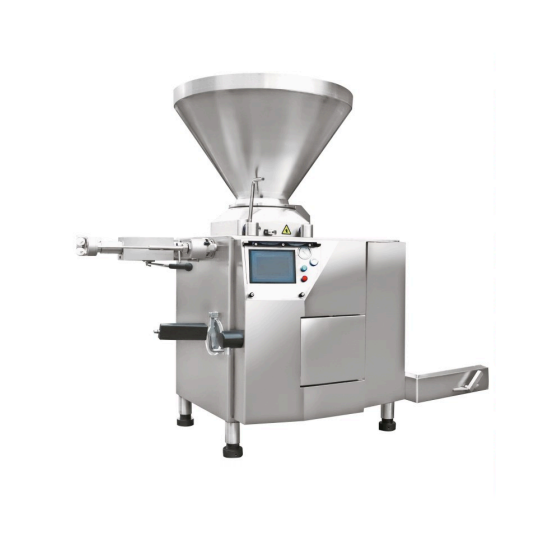
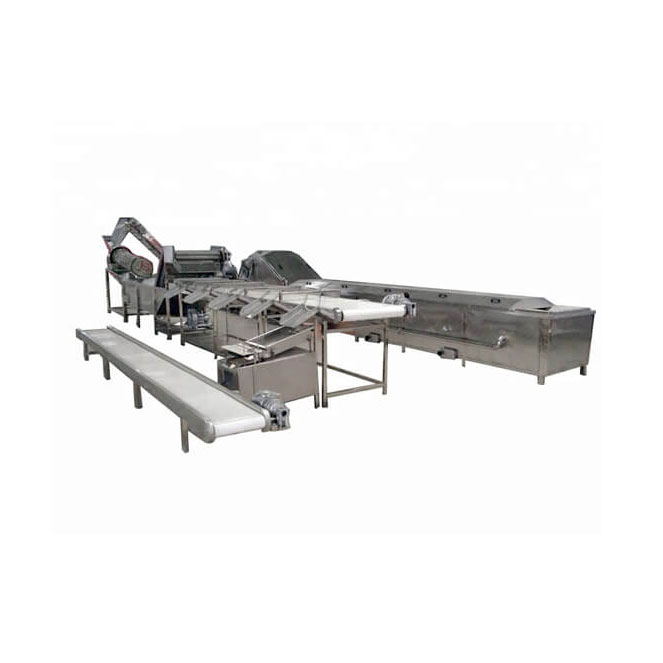
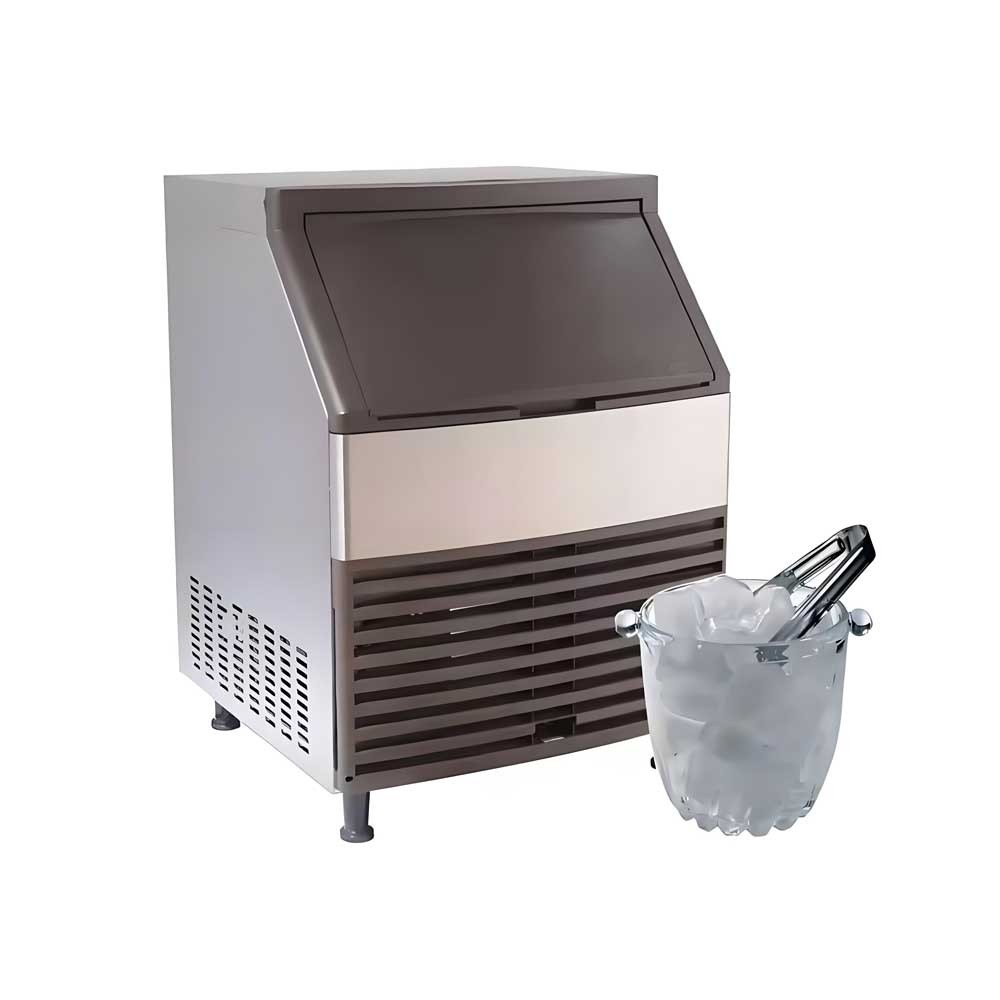
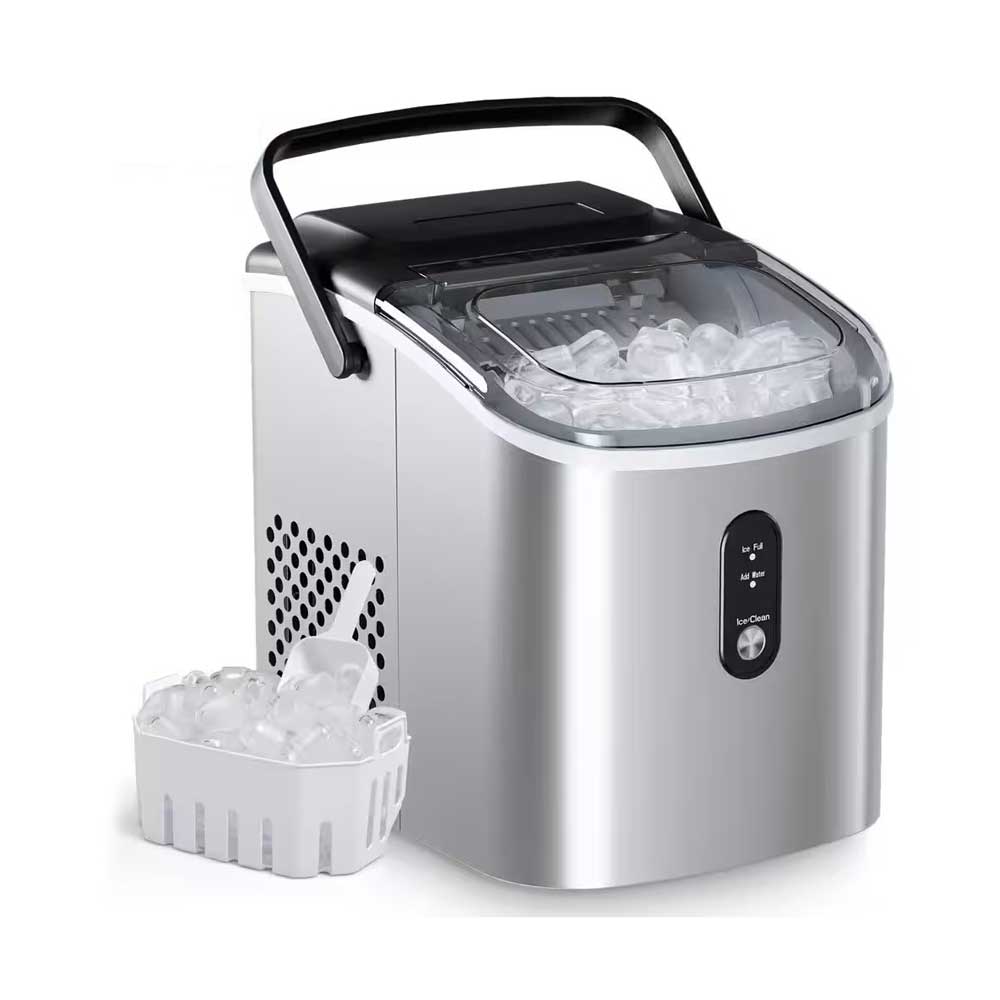 Portable Flake Ice Machine
Portable Flake Ice Machine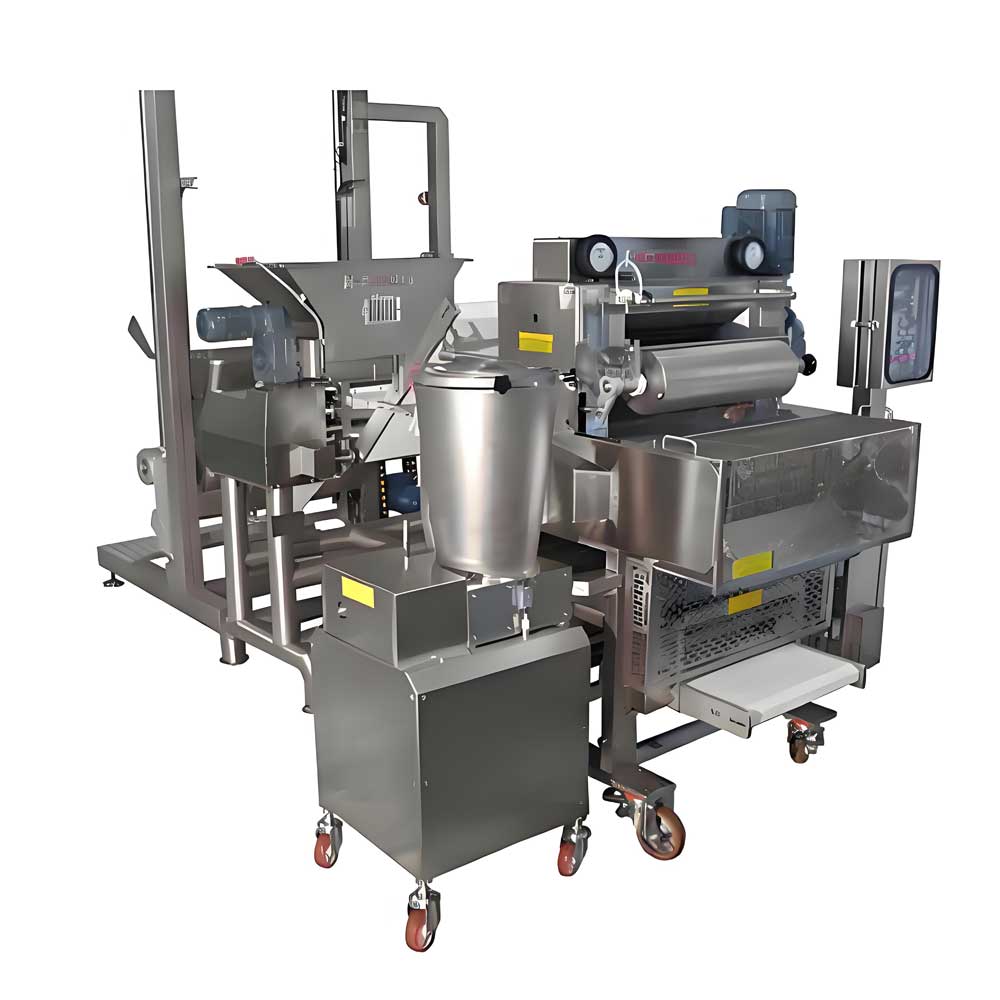 Pelmeni Making Machine
Pelmeni Making Machine
Ready to Get Started?